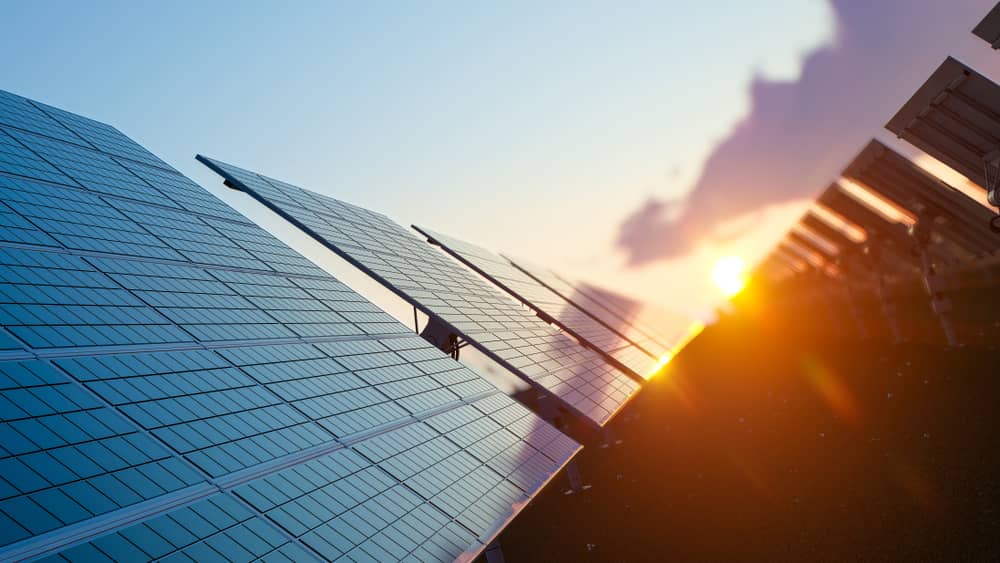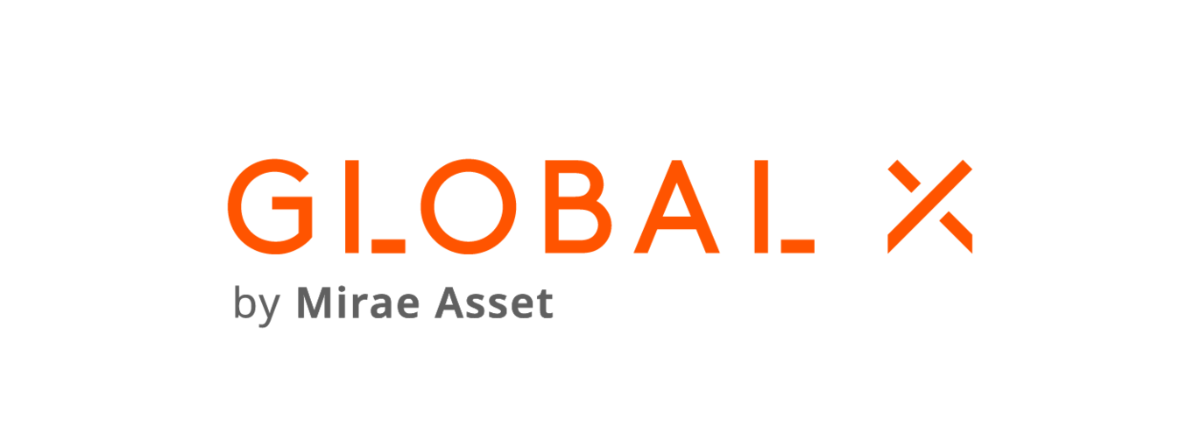Europe’s solar ETFs have burned hot and booked the three highest returns across all ETFs listed in Europe over the past six months, as at 19 August, however, investors need to discern which product will shine brightest in the long run.
The first solar ETF in Europe came to market last June when EQM Indexes partnered with HANetf to list the $12m Solar Energy UCITS ETF (TANN). Two months later, Invesco decided to bring its 14-year-old $3.1bn Invesco Solar ETF (TAN) to Europe, the $46m Invesco Solar Energy UCITS ETF (ISUN), which is now the continent’s largest solar ETF.
As part of its thematic rollout this side of the pond, Global X also launched a solar ETF, the $6m Global X Solar UCITS ETF (RAYZ), in February.
While no doubt benefitting from July’s below-forecast US inflation reading and the passing of Joe Biden’s climate bill – the Inflation Reform Act – the solar category has a pronounced role within the broader energy transition story and the investment that will accompany this.
The capacity of solar photovoltaic (PV) units already shot up 1,763% between 2010 and 2020, the Intergovernmental Panel on Climate Change (IPCC) said, while the cost of solar PVs fell 80% over the decade to May 2021, according to analysis by Global X.
Looking ahead, the International Energy Association (IEA) expects hitting solar power generation targets will require average output growth of 24% each year between 2020 and 2030. Against this backdrop and the energy price difficulties sparked by the geopolitical loggerheads with Russia, Europe’s solar ETFs have offered a rare opportunity for strong returns so far in 2022.
Highlighting this, Global X’s RAYZ has notched up an impressive start with gains of 28.6% over the past six months, however, it has been outdone by HANetf’s TANN, which returned 30.9% and Invesco’s ISUN, which enjoyed a strong 35.8% bounce.
In a similarly positive trend, RAYZ and TANN have booked $3.6m and $3.3m inflows, respectively, over the past six months, however, following performance and scale, European investors poured $21.1m into ISUN, according to data from ETFLogic.
Exposure and methodology
Invesco’s solar ETF tracks the MAC Global Solar Energy index of 45 small, medium and large-cap companies with a median average market cap of $1.6bn.
ISUN captures companies involved in solar equipment production, solar integration, solar-based hydrogen production, solar-powered charging systems, solar thermal energy for heat or electricity and companies selling electricity derived from solar power.
ISUN has a 48.2% exposure to solar companies operating in the US, 22.5% to China, 5.7% to Spain, 4.2% to Germany, 3.8% to Israel and approximately 15% to other regions.
It weights constituents based on a modified market cap methodology. Companies deriving at least two-thirds of their revenue from the target theme are weighted according to their market cap.
Companies with between a third and two-thirds of their revenue from solar are ranked according to market cap alongside all other constituents but then have their weight halved, so they end up being underweight versus pure-play stocks. ISUN aims for at least 80% of constituents to derive a minimum of 50% of revenues from solar-related activities.
Constituents must have a market cap of at least $250m and a three-month daily average trading volume of $750,000 to enter the ETF’s index, with existing constituents having to achieve half these figures to remain in the benchmark.
ISUN has fairly stringent ESG exclusionary criteria, with companies deriving any revenue from nuclear, coal or petroleum power, oil, gas or coal mining automatically excluded, however, companies whose activities are not covered by S&P Trucost data are eligible for inclusion.
Taking a broadly similar approach ISUN, HANetf’s TANN tracks the EQM Global Solar Energy index of 42 stocks involved in the manufacture of solar PVs, cells and equipment, solar-powered charging and energy storage, power companies generating electricity from solar and those installing or financing solar infrastructure.
TANN has a 37.5% exposure to US solar firms, 22.1% to China, 9.2% to Taiwan, 7.3% to Germany, 5.3% to Japan and around 19% to others. Notably, its index only captures Chinese companies listed in Hong Kong or offering American Depository Receipts (ADR), a route of access investors will have to consider versus mainland listings via the Stock Connect programme.
TANN also applies a theme purity score to its basket weightings, though less stringent than ISUN’s. Companies deriving at least 60% of revenues from the underlying theme are classed as pure plays and considered ‘core’ constituents while ‘non-core’ members’ solar revenues are made up between 5% and 60%. Components within each category are equally weighted.
HANetf’s solar candidate also has a minimum market cap threshold of $250m but a more exacting average daily trading volume requirement of $2m per day for six months.
However, TANN’s ESG exclusions are more lenient. While taking a dim view on UN Compact violators, companies are allowed to have up to 30% of their operations and 10% of their revenue from thermal coal, as well as owning a stake of up to 20% in a company involved in controversial weapons.
Finally, Global X’s RAYZ takes a different approach to its rivals with a 60.6% allocation to Chinese solar power companies.
While this might pose greater political and access risks to western investors, China increased its solar capacity by 14% last year to a level greater than US and EU capacity combined at the time and expects to expand its capacity with an increase 50% to 100% larger in 2022, demonstrating the country’s commitment to the energy source.
Overall, RAYZ tracks the Solactive Solar v2 index of 50 companies involved in solar energy materials, solar systems and components, solar power production, solar technology, installation and maintenance. Its basket also allocates 24.6% to US companies, 6.2% to Hong Kong listings, 2% to Taiwan, 1.6% to Germany and around 5% to others.
Companies must generate at least 50% of their revenue from solar-related activities to be included in the index, with individual stock weightings up to 8% and a 15% cap on Russian-listed constituents. RAYZ has a minimum market cap threshold of $200m and, like TANN, requires a minimum trading volume of $2m per day over the past six months for new entrants to its benchmark.
Global X’s ETF applies ESG exclusion criteria based on UN Global compact violators and those involved in thermal coal, controversial weapons, adult entertainment, recreational cannabis, tobacco, alcohol and gambling but does not specify the revenue thresholds at which exclusions occur.
Overall, the three ETFs are categorised under the ‘light green’ Article 8 of the Sustainable Finance Disclosure Regulation (SFDR). The ISUN and TANN ETFs have strong overlap, as demonstrated by a 98% correlation in weekly returns, according to data from ETFLogic, whereas the pair have 89% and 86% correlations, respectively, with RAYZ.
Cost comparison
Looking at headline costs, RAYZ also appears to be the cheapest with a total expense ratio (TER) of 0.50% versus 0.69% for both its rivals. However, it should be noted a large portion of the costs in solar ETFs are not stated in product fees. For instance, Bloomberg Intelligence data shows RAYZ has a 1.25% spread on its primary listing while TANN boasts a spread of 1.12%.
While RAYZ has not been on the market long enough to get an accurate view of its portfolio transaction costs, the ETF has increased its China allocation by 20% since March, indicating some degree of portfolio turnover – as well as potential currency exchange costs.
ISUN has a tighter spread of 0.40%, owing to its scale across its Europe and US-listed ETFs tracking the same index.
Overall, Invesco’s candidate likely has the lowest cost of ownership, has boasted the highest returns over the past year and has the longest track record by replicating an index that is almost a decade-and-a-half old.
This article first appeared in ETF Insider, ETF Stream's monthly ETF magazine for professional investors in Europe. To access the full issue, click here.
Related articles







